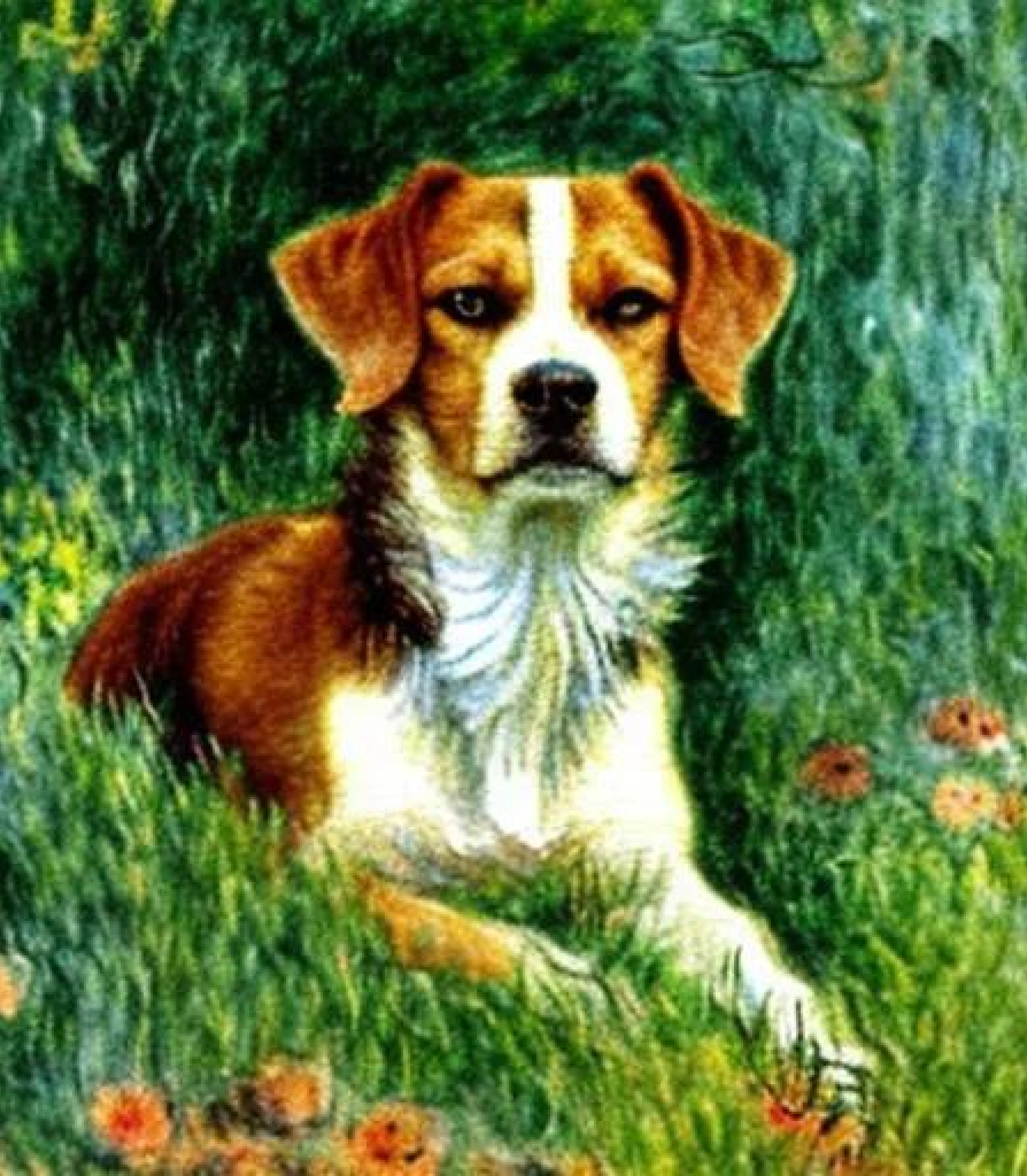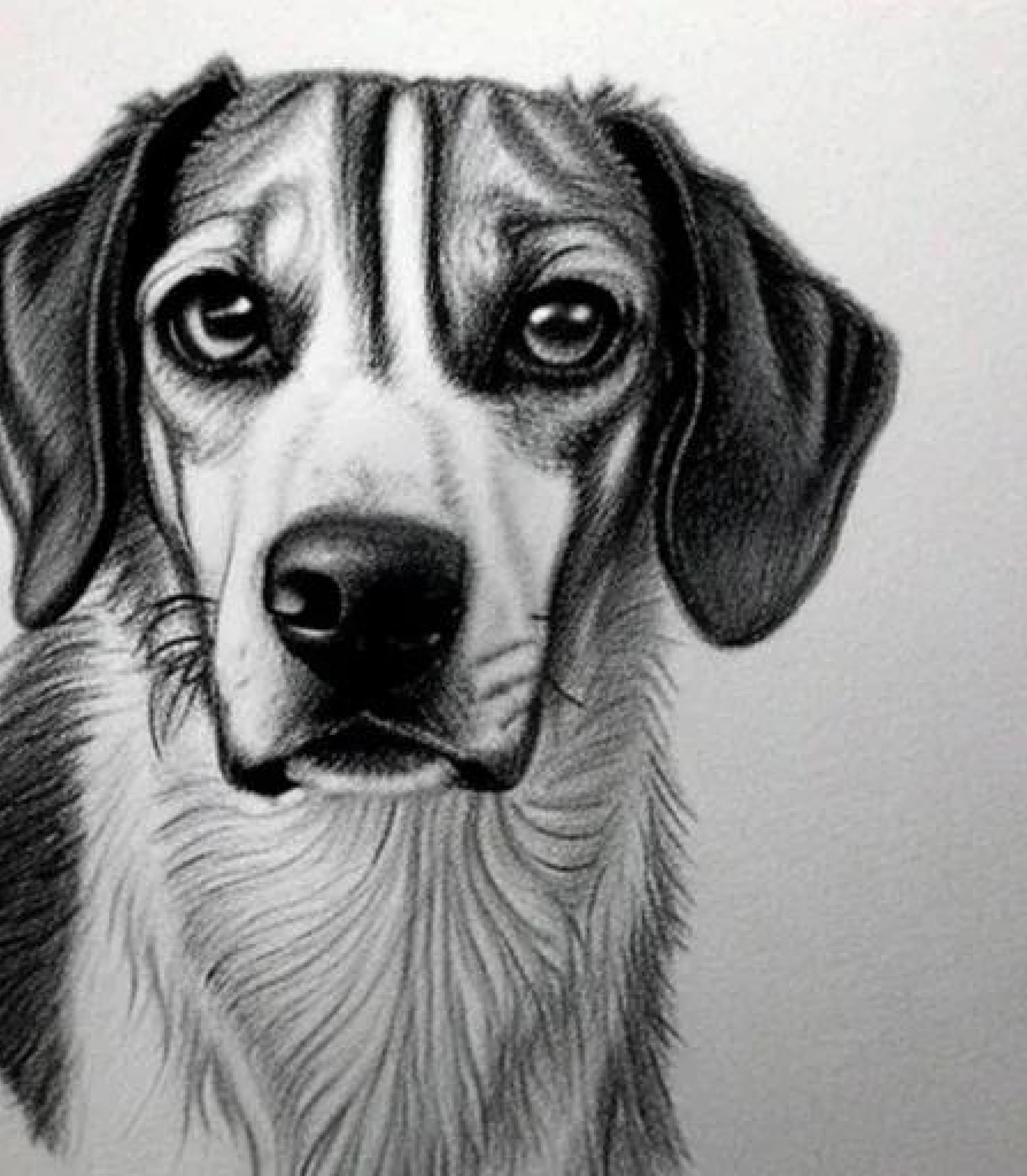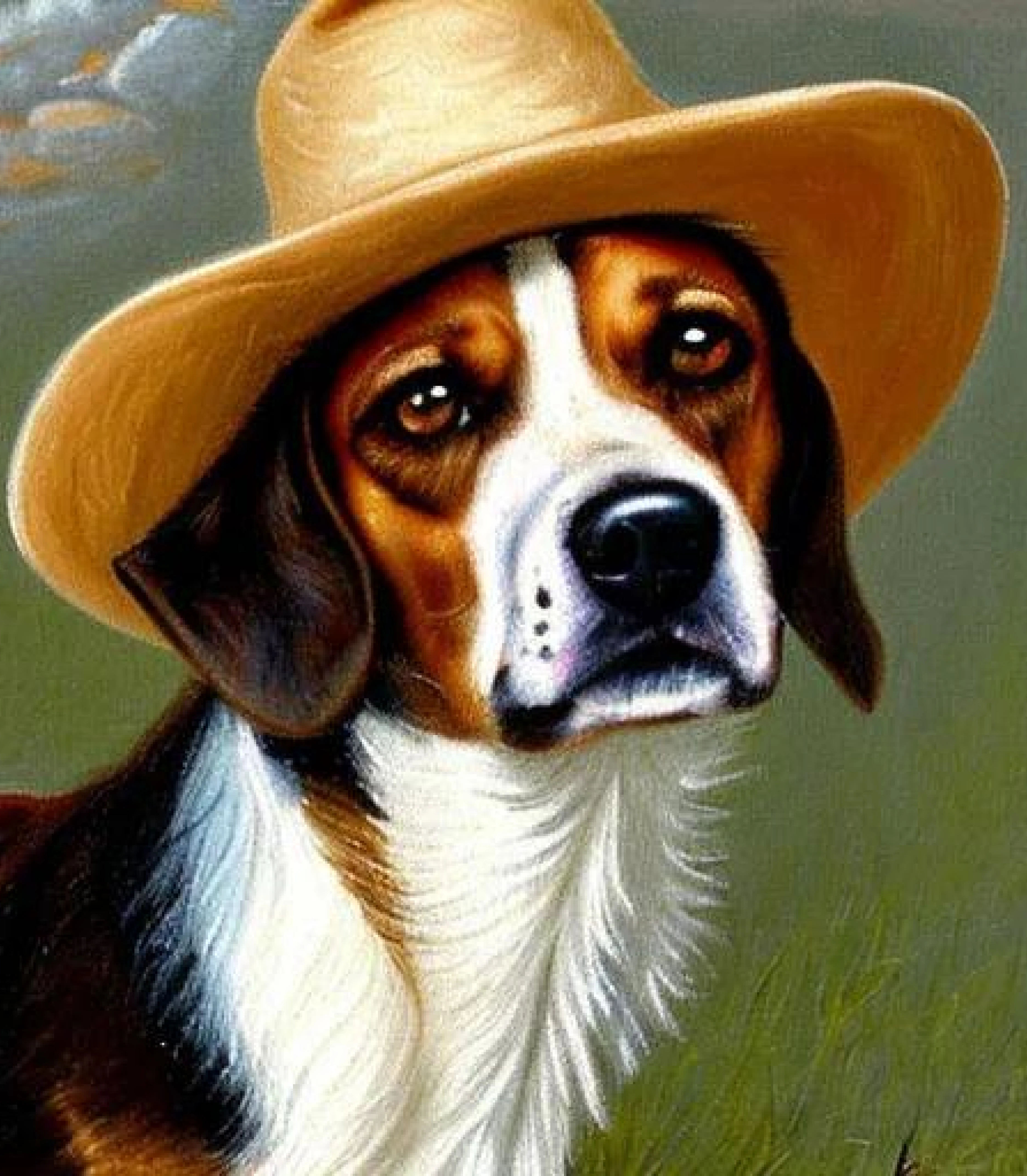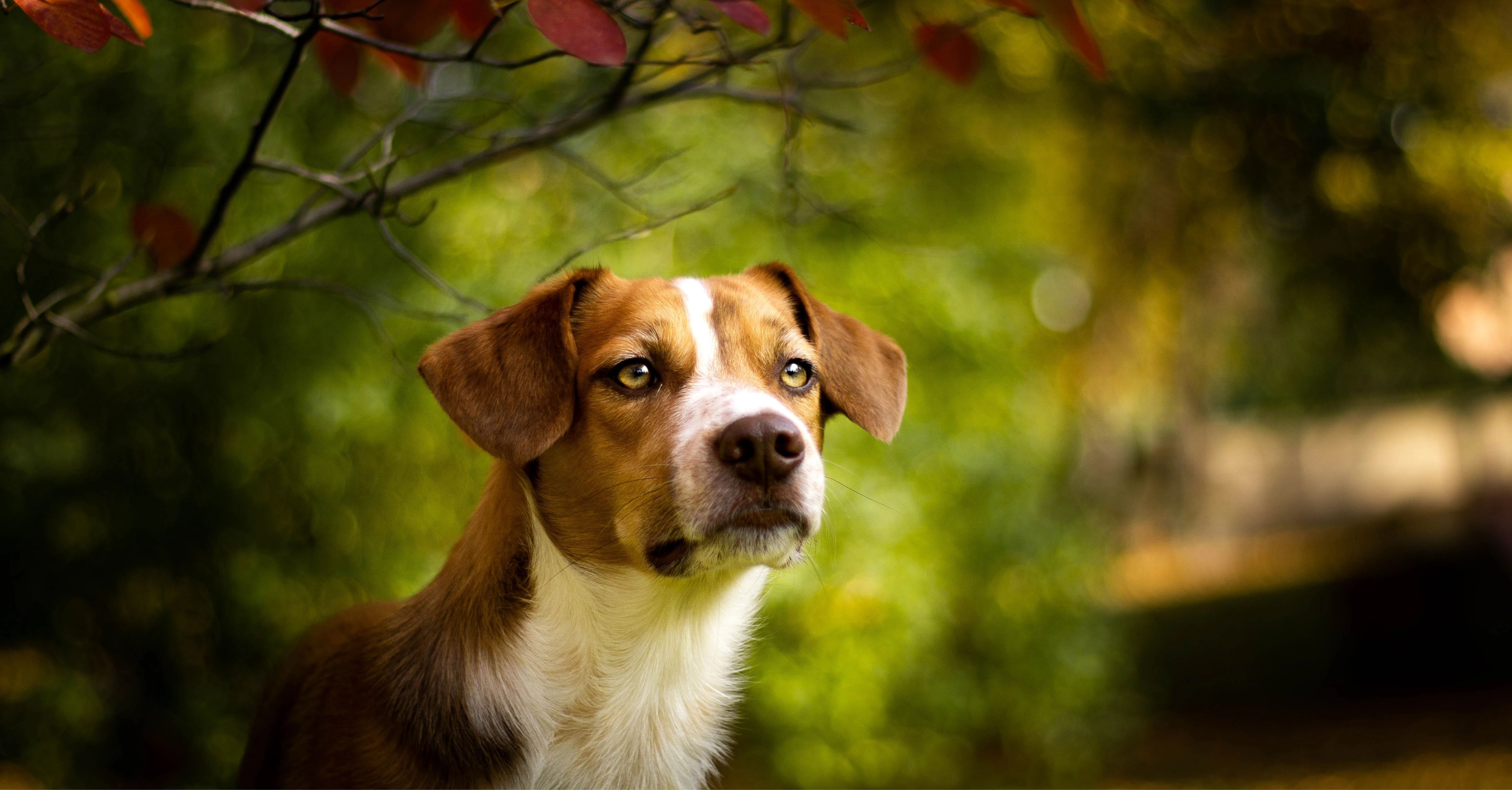When it comes to canine companions, few breeds can match the charm and charisma of the Beagle. Known for their distinctive appearance and lovable personality, Beagles have captured the hearts of dog lovers around the world. In this blog post, we will explore the history, characteristics, temperament, and care requirements of the Beagle breed, shedding light on why they make excellent family pets and cherished companions.
A Brief History
The Beagle breed has a rich history that dates back centuries. During the 11th century, William the Conqueror and his Norman troops invaded England, bringing with them a breed known as the Talbot Hound. This breed played a significant role in shaping the Beagle breed. The Talbot Hound, with its exceptional scenting ability and stamina, was often used for hunting large game such as deer and boar.
It was in England that the Beagle breed truly began to develop and flourish. During the 16th century, a small hunting dog known as the Pocket Beagle gained popularity. This beagle stood at 20- 23 centimetres tall, making it small enough to fit into the ‘pocket’ or saddlebag of hunters. These dogs were prized for their compact size, excellent scenting ability, and pleasant temperament. They were frequently kept as pets by English nobility and were also used for hunting small game. Over the years, the breed continued to evolve, with breeders selecting dogs based on their hunting skills and physical attributes. However by the late 1800s, pocket beagles had become extinct, due to the fact that they were prone to genetic health problems and often died young.
In the 18th century, the Reverend Philip Honeywood played a pivotal role in shaping the Beagle breed. He dedicated his efforts to developing a pack of hunting dogs that excelled at hunting hares. The Honeywood Beagles, as they came to be known, were small in size, pure white, had remarkable scenting ability and exhibited a friendly and sociable temperament. Honeywood’s breeding program laid the foundation for the modern Beagle breed, with his dogs serving as the ancestors of many Beagles today.
The Beagle breed was introduced to the United States in the early 19th century, primarily by English immigrants. These early Beagles were larger and had a different appearance compared to the Beagles we see today. They were primarily used for hunting rabbits and were valued for their endurance, determination, and ability to work in packs. Over time, American breeders focused on developing a smaller, more compact Beagle with a refined appearance, which eventually led to the establishment of the American Beagle as a separate breed.
In 1885, the Beagle was recognised by the American Kennel Club (AKC) as a distinct breed. Since then, Beagles have steadily gained popularity both as hunting dogs and as family pets. Their friendly nature, loyalty, and adaptability have endeared them to families around the world. Beagles have also found success in the show ring, with their distinctive looks and lively personalities making them a favorite among exhibitors and spectators alike.
Today, Beagles continue to be cherished companions and skilled hunting dogs. They are known for their excellent scenting ability, often employed in search and rescue operations and as detection dogs at airports. Beagles have also found success in various dog sports, including tracking, obedience, and agility. Their versatility and intelligence make them highly trainable and adaptable to a range of activities.
The Beagle has a rich history that spans centuries and have evolved into the lovable and loyal companions we know today. Whether it’s their exceptional scenting ability, their friendly and sociable temperament, or their enduring popularity, there’s no doubt that Beagles hold a special place in the hearts of dog lovers worldwide.




Appearance
Beagles are small to medium-sized dogs with a sturdy build. They typically stand between 33 to 38 centimetres at the shoulder and weigh around 9 to 14 kilograms. One of their most defining features is their expressive face, characterised by large, pleading eyes and long, droopy ears that sweep the ground. Beagles also have a short, dense coat that comes in various colour combinations, including tri-colour (black, white, and brown) and lemon and white.
Temperament and Personality
Beagles are renowned for their friendly and outgoing nature. They are social dogs that thrive on companionship and enjoy being part of a family. Their affectionate and gentle disposition makes them excellent companions for both adults and children. However, it’s important to note that Beagles are pack animals and may suffer from separation anxiety if left alone for extended periods. Early socialisation and consistent training are crucial to raise a well-rounded Beagle.
Intelligence and Training
Beagles are intelligent dogs, but they also have a strong independent streak. They are known for their curious and inquisitive nature, often following their noses to explore new scents and surroundings. This trait can make training a bit challenging; positive reinforcement techniques, such as treats and praise, work best with Beagles. Consistency and patience are key to helping them reach their full potential as obedient and well-behaved companions.
Exercise and Activity
Due to their hunting background, Beagles have a considerable amount of energy that needs to be channeled appropriately. Regular exercise is essential to keep them physically and mentally stimulated. Daily walks, play sessions, and interactive games are a must to prevent boredom and destructive behaviors. Beagles also have a strong prey drive, so it’s important to keep them on a leash or in a secure, fenced area when outdoors.




Health and Care
Beagles are generally a healthy breed with a lifespan of around 12 to 15 years. However, like all dogs, they can be prone to certain health conditions. Common issues seen in Beagles include hip dysplasia, epilepsy, hypothyroidism, and obesity. Regular vet check-ups, a balanced diet, and proper exercise are vital for maintaining their overall well-being. Additionally, Beagles have long ears that need regular cleaning to prevent infections.
Beagles as Family Pets
Beagles are excellent family pets due to their friendly and sociable nature. They get along well with children and other dogs, making them a great addition to multi-pet households. However, it’s important to remember that they have a strong prey drive and may not be the best fit for families with small pets like rabbits or hamsters.
Beagles are a delightful dog breed that offers a unique combination of loyalty, playfulness, and affection. Their charming looks and friendly nature make them a favourite choice for families and individuals alike. If you’re looking for a canine companion that will fill your life with joy and laughter, a Beagle might just be the perfect match for you.
Fun Facts
Beagles need around an hour of exercise a day.
There are 19 breed standard Beagle colours.
Breeders created the foxhound by crossing a Beagle with a Buckhound.
Beagles’ ears, when drawn out, reach the end of their nose. These long ears help to catch scent particles and bring them close to the dog’s nose.
The Beagle is one of the most vocal dog breeds. They can make three different sounds; a standard bark, a yodel-like sound called a bay and a howl.
Many Beagles have white-tipped tails. Beagles were bred to have a white tipped tail so that they would be visible when hunting.
The Department of Homeland Security (US) uses Beagles in airports to find food in passengers’ luggage, to prevent the spread of foreign diseases and parasites. This team of dogs is called the Beagle Brigade.
Snoopy from the comic strip Peanuts is a Beagle. He was created by Charles Schultz in 1950.



